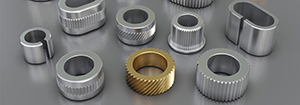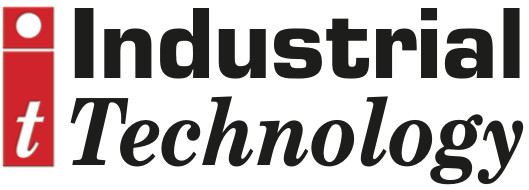
Posted to News on 3rd Nov 2021, 00:00
Fastening challenges for electric vehicle production
The rapid acceleration of growth in the electric vehicles and associated products has required a different approach to production, with ‘fast to market’ being the new byword. With this comes technical challenges as new products are developed requiring different solutions that meet stringent requirements.

The latest ‘skateboard’ platform is the basis for many new electric vehicles. It’s a manufacturing concept that cuts down on complexity and can be common across different vehicles and scaled easily.
The modular, self-contained skateboard designs can form the basis of multiple vehicles with minimum requirement for re-design. Interchangeability of various modules within this design allows the Skateboard and therefore new vehicle models to stay at the cutting edge of battery and drive train innovation.
The interior of the vehicles is changing dramatically too, particularly within the cockpit. We are seeing many new concept designs which all require fresh thinking in terms of fastener applications. Fasteners are now also being used as a visual design feature. These need to be aesthetically pleasing, and the finish quality is critical for longevity. The increase of in-car technology such as IT connections with 5G and large IP console screens, and concept seating are challenging the conventional fixings, especially into composites.
Correct fastener design and selection is key to the success of the modularity and design life of the skateboard platforms, by strategically selecting serviceable fasteners where modules or elements will require maintenance or potential updating in future. Designing-in reversible joining allows for a more economical – potentially automated – retrieval of undamaged individual components. The right selection of fasteners will also help meet eco-design criteria. This retains the maximum value at the end of a vehicle’s life and plays a part in the preparation of extended producer responsibility regulations, where they have to consider final responsibility for disposal of their manufactured products.
Where appropriate, non-serviceable joints, such as moulded inserts and self clinching products can be designed in. TR’s engineering expertise has supported several companies to optimise design, considering the ease of manufacturing, product cost and where possible considering lightweighting saving the use of mixed materials.
One of the best illustrations of this has been the increasing use of composites in assemblies. Here, compression limiters are designed to take the fastener load and provide a structural through hole without a risk of delamination, creep or stress cracking. Generally, these are produced in steel, stainless steel, brass and aluminium and designed and manufactured to exact specifications. There may also be a need for electromagnetic shielding requiring electrically conductive fasteners.
Rationalisation and standardisation of fixing methods and drive systems, such as hex lobular fasteners, which have a similar torque capacity during assembly and disassembly can support automation. TR engineers can also share their experience in fastener positioning for easy access or help to select suitable materials or coatings to avoid fastener damage through galvanic corrosion.






